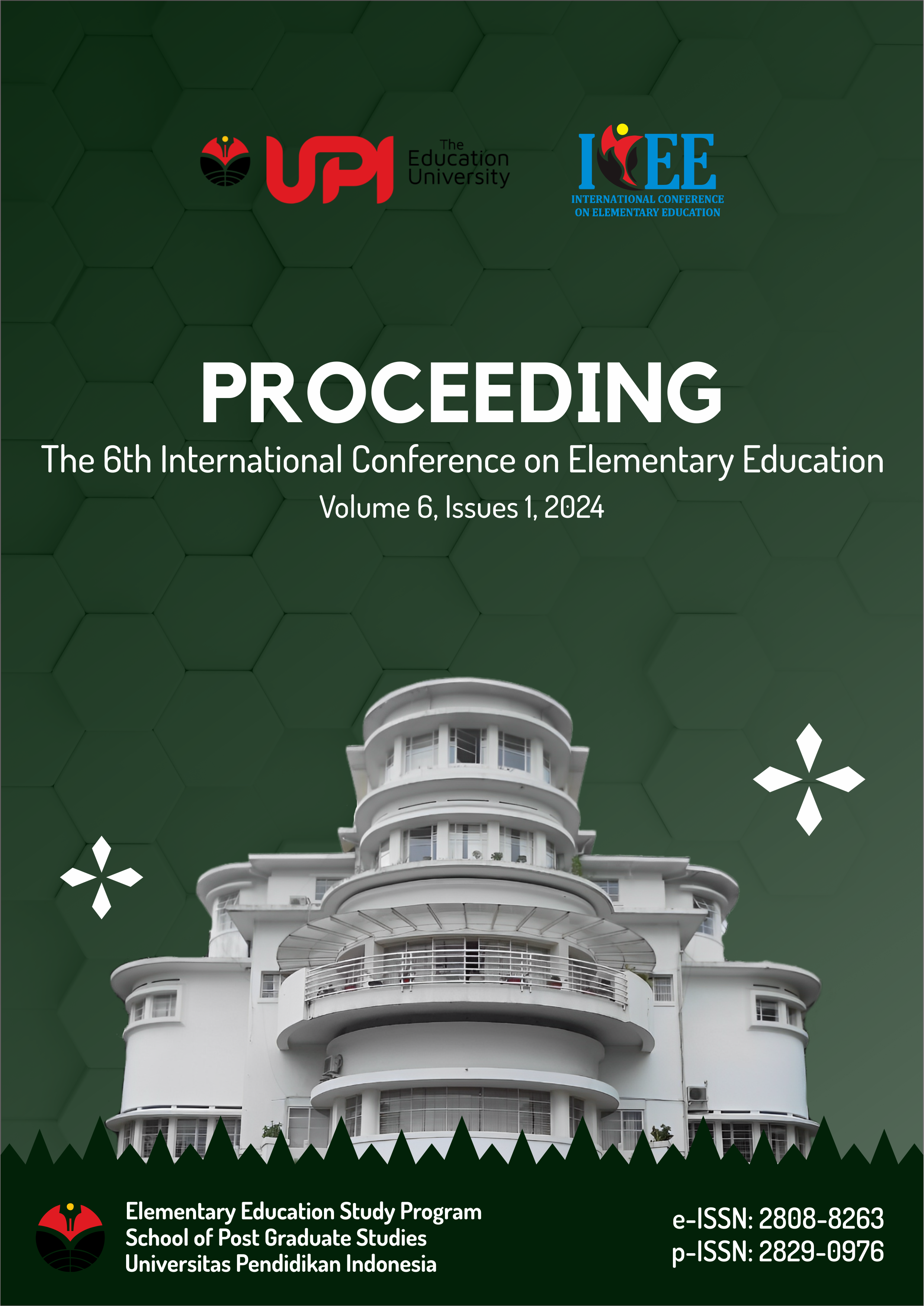The Effect of RADEC Learning Model on the Ability to Calculate the Perimeter of Flat Buildings in Third Grade Students of Elementary School
Abstract
This study aims to determine the significant effect of using the RADEC model on the ability to calculate the perimeter of flat buildings in grade III students. This research is a pre-experimental research in the form of One Group Pretest-Posttest research. The population of this study was grade III students consisting of one class of 21 students. The research instrument used is the ability to calculate the perimeter of Flat Buildings. The data obtained were then analyzed using descriptive statistical data analysis and inferential statistical data analysis. The results of this study showed that the pretest results, the average value of student learning was 66.67 with a high category of 19.05%%, medium 33.33%, and low 47.62% and the average value of posttest results after using the RADEC model was 82.86 with a very high category 47.62%, medium 38.10%, and low 14.29%. This figure shows that there is a significant effect of using the RADEC model on the ability to calculate the perimeter of Flat Buildings. Based on the description above, it can be concluded that the RADEC model is effectively used in calculating the perimeter of flat buildings in grade III students.
Copyright (c) 2024 Eneng Santi, Sufyani Prabawanto, Wahyu Sopandi, Atep Sujana, Hilma Mustika Fauziah, Intan Nuaini

This work is licensed under a Creative Commons Attribution 4.0 International License.















